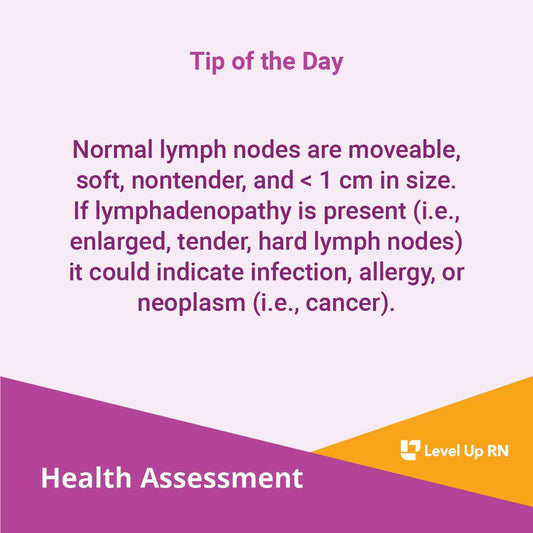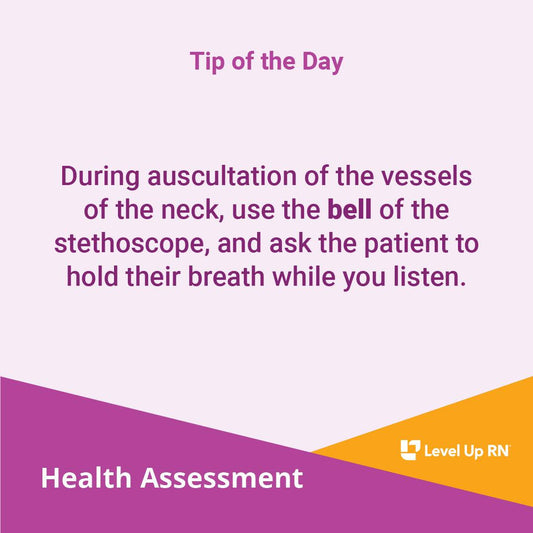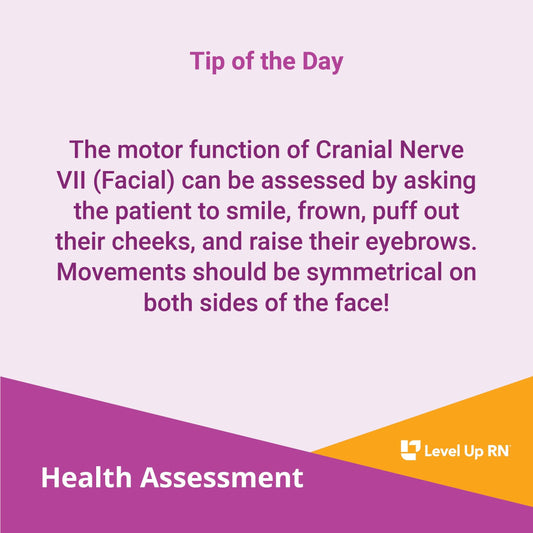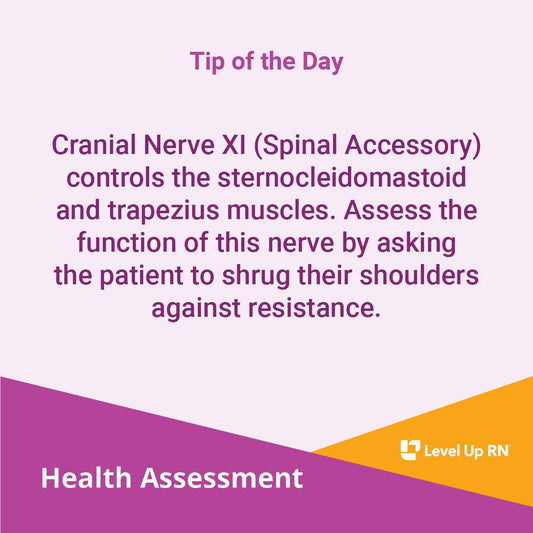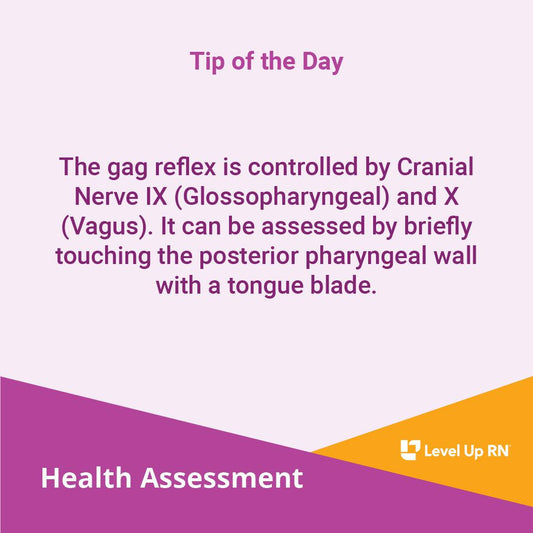Nursing Tips
Health Assessment (7)
Filter Articles
Shop
The Ultimate Nursing School Survival Kit - with Flashables and Membership
Regular price $349.95Regular priceUnit price per$817.95Sale price $349.95SaleVideos by Subject
Tips & More
Exam Information
Subscribe



